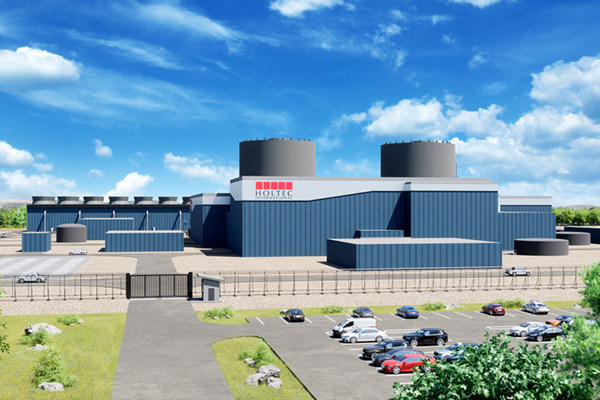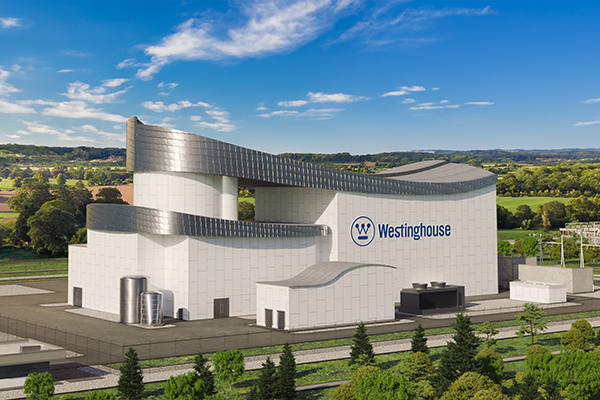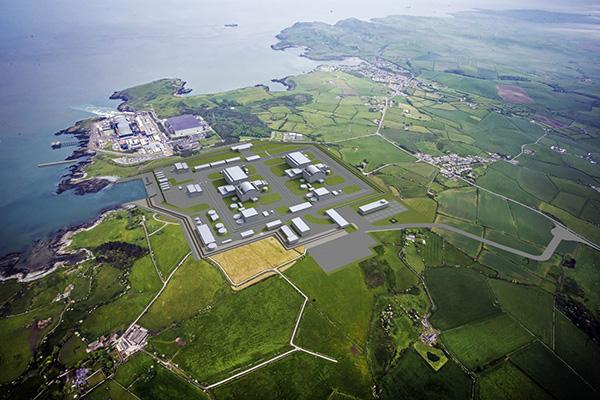Engineering group Wood is to lead the next phase of research into digital reactor design.
The research is backed by around £3.3 million from the Department of Business Energy and Industrial Strategy as part of the Nuclear Innovation Programme. The funding will allow experts from industry and academia to use collaborative virtual engineering and high-performance computing to demonstrate significant cost savings in the design, construction, operation and decommissioning of nuclear power reactors.

The Nuclear AMRC is part of the Digital Reactor Design Partnership led by Wood, and will integrate manufacturing data into digital models to better understand performance over the life of the reactor.
Other partners include EDF Energy, Rolls-Royce, National Nuclear Laboratory (NNL) and the University of Liverpool’s Virtual Engineering Centre.
The first phase of the Digital Reactor Design programme successfully demonstrated a proof of concept, by developing a computer-simulated design and management platform covering the whole nuclear life cycle.
The new second phase will focus on implementing digital tools in a software framework, using real project applications to demonstrate improved efficiency, enable supply chain collaboration, and deliver cultural change across the industry.
“This project has already been highly successful in proving the concept for a new and better way of designing and building nuclear power reactors,” said Bob MacDonald, CEO of Wood’s Specialist Technical Solutions business. “We’re looking forward to working with BEIS on the next stage and taking a very significant step towards achieving the cost reduction targets proposed by the UK Nuclear Sector Deal.”
Results from the first phase will be shared at the Nuclear Innovation UK conference in July. Organised by the Nuclear AMRC and NNL, the two-day conference will include technical presentations from the full range of projects supported by the Nuclear Innovation Programme, plus key speakers from industry and government.
Andrew Stephenson, the UK’s minister for nuclear, commented: “Using state-of-the-art virtual engineering and computing technology to design and build the next generation of nuclear reactors will position the UK at the cutting-edge of low-carbon energy innovation.
“Making simulations in a virtual world allows designers to take virtual risks, reducing design times and demonstrating cost savings across the nuclear life cycle, from design through to decommissioning. This is key to achieving the cost reduction targets in the Nuclear Sector Deal and part of our modern Industrial Strategy.”
Wood, which acquired Amec Foster Wheeler in 2017, also recently won a major contract to provide engineering design services to Sellafield Ltd over the next 20 years. The company was selected as design and engineering partner as part of Sellafield’s new Programme and Project Partners procurement model.






